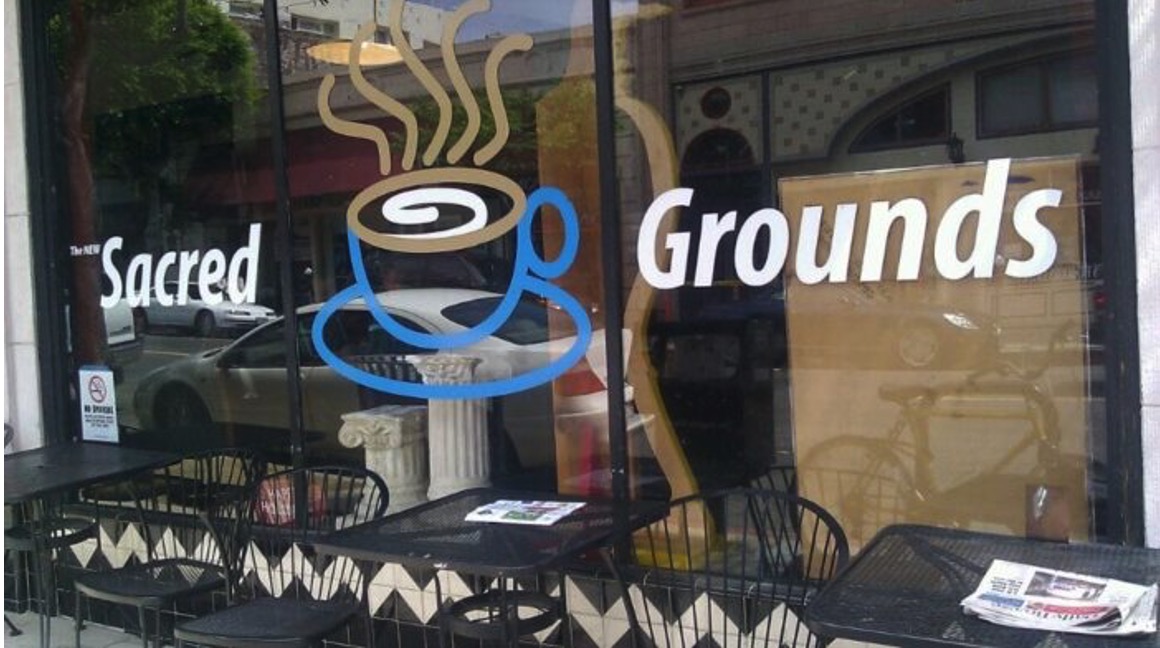Comments
GELFAND’S WORLD - The City of Los Angeles is about to engage in an act of cultural vandalism. It's a small bit of destruction in the grand scheme of this bloody and horrible year, but it is worth documenting. To understand the nature and scope of this intended act, we have to look back to a short era in our shared history.
In the late 1950s, poets and painters joined with would-be musicians in this area to form a movement that would eventually lead to a revolution in popular music and, to a certain extent, to a revolution in the way that poetry is written and is read. We think and remember this brief era and its accompanying movement as the beat or beatnik era, and we think of Greenwich Village in New York City and of North Beach in San Francisco. But there was also Los Angeles, which has been the birthplace of art even as the residents of San Francisco and New York spoke of us with contempt. But some of them came here, while others had always been here.
Among them, there were poet Lawrence Lipton, as well as film student and poet Jim Morrison, who was to go on to form the musical group The Doors. Poet Claire Horner recited his words and, one evening, sold me one of his books.
It all came together at a coffee house known as the Venice West, which you can learn about here. A few of the poets, painters, and musicians who hung out in Venice are described here.
It is perhaps unsurprising that the Venice West lasted only a few years. After 1966, it was gone. Other waves of music and writing have risen and fallen in the intervening years, but it is a shame that the intellectual and emotional centerpiece of a movement was stricken from our culture due to the whims of real estate sales and purchases. Nothing new or surprising in southern California, but a shame nevertheless.
And then there was a place that opened in our little town of San Pedro and which became, in its own way and without conscious intent, a latter day extension of the Venice West.
Sacred Grounds originally opened as a coffee house along lower 6th Street in San Pedro, in a block that has been used in lots of film shoots because it could have been New York or New Jersey or some place in the heartland. You could get a cup of coffee and look at paintings by local artists or listen to some group doing its music, or you could converse. Our committee on cultural arts used to meet there. The movement to save the city's Department of Cultural Arts was born there.
And at one point, Sacred Grounds had to find a new space due to the usual real estate pressures, but did find new digs. The place that Sacred Grounds moved was first floor space in the 1931 building that also houses the Warner Grand Theater.
You might say that San Pedro has its own Venice West right here, in Sacred Grounds. The visitors are not nearly so lefty as the Venice crew of 1958-66, but the overall function of providing a space for guitar players and poetry readers and paintings by locals has been fulfilled. Sacred Grounds has also avoided looking like a fast food place. It is furnished with old tables and chairs and, in an accommodation to modernity, has a tv set on one wall. I must add that I enjoyed a Christmas Eve cup of coffee (Colombian roast) and a pastry there, as the manager and I exchanged holiday pleasantries. I picked up a copy of the local newspaper (Random Lengths News) and did some reading.

And now the City of Los Angeles intends to get rid of this one remaining authentic cultural amenity in the Warner Grand building. The excuse is that the Warner Grand Theater is going to be closed for a year or two in order to put in elevators and rest rooms and do some timely restoration. The plans are discussed in a Daily Breeze article by Donna Littlejohn, which you can read here.
The Sacred Grounds coffee house will be closed along with the remainder of theater functions (I wonder why it can't be kept open for most of the work), but the ugly and sad news is that the city plans to turn the space into something else. At one point, the rumor was that it would become administrative office space. According to the above cited article, it could also be put up for lease. In either case, the San Pedro area will lose a link to its recent past, a link which also connects it to the literary and artistic past of the area just up the coast.
The plan to demolish Sacred Grounds -- akin to the loss of the Venice West in an eerie sort of way -- is opposed by a goodly number of people. The online petition to save Sacred Grounds can be found here. What started as a small movement has expanded to where there are well over three thousand signatures.
Whether San Pedro will continue to exist as an artists' community alongside the freighters and cargo containers remains to be seen. It has been the home port for Charles Bukowski, who wrote and drank here, and it still hears writers in the local coffee house, or at least has heard them until recently.
The failure by L.A. City government to protect this little cultural oasis is disappointing. Perhaps the city's leaders will figure out that you don't have to be so insensitive to the locals. Isn't that what the secession movement was all about?
(Bob Gelfand writes on science, culture, and politics for CityWatch. He can be reached at [email protected].)






